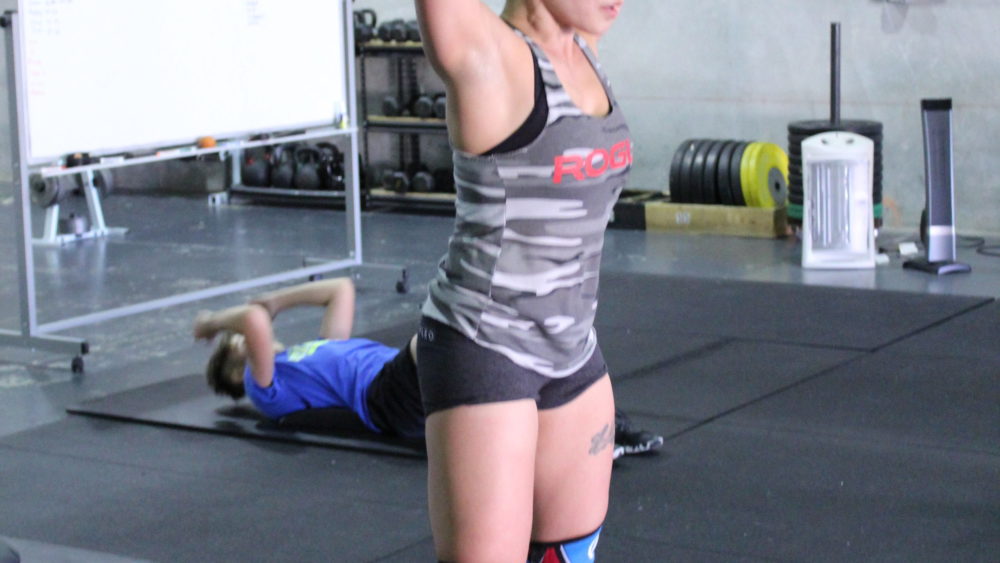
One of the things that really caught my eye when I first went to my Level 1 seminar by CrossFit was the lecture that we had on virtuosity. There’s a letter in the journal written by Coach Glassman in which he describes what virtuosity is. He prefaces the definition with how to achieve a perfect score in a gymnastics competition. “In gymnastics, completing a routine without error will not get you a perfect score, the 10.0—only a 9.7. To get the last three tenths of a point, you must demonstrate “risk, originality, and virtuosity,” as well as make no mistakes in execution of the routine. Virtuosity, though, is a different beast altogether. Virtuosity is defined in gymnastics as “performing the common uncommonly well.”
This lecture really hit home because it was essentially saying to me, “there is no way to rush perfect movement.” I’ve spoken about skipping past the basics before, but I believe how I’m going to speak of it now will maybe elicit the response I’m really looking for. Most CrossFit gyms today offer a wide variety of programs as well as offer multiple pieces to their programming. This is also quite the popular choice among online programming or how we see Games athletes approach their training. “Accessory work. Strength pieces. Conditioning pieces. Open prep.” These are all claims to have the great gem of programming that must be a secret that only Games athletes are privy to. This couldn’t be further from the truth or be more of a way to blunt your fitness. Coach Glassman continues…
What will inevitably doom a physical training program and dilute a coach’s efficacy is a lack of commitment to fundamentals. We see this increasingly in both programming and supervising execution. Rarely now do we see prescribed the short, intense couplets or triplets that epitomize CrossFit programming. Rarely do trainers really nitpick the mechanics of fundamental movements.
I understand how this occurs. It is natural to want to teach people advanced and fancy movements. The urge to quickly move away from the basics and toward advanced movements arises out of the natural desire to entertain your client and impress him with your skills and knowledge. But make no mistake: It is a sucker’s move. Teaching a snatch where there is not yet an overhead squat, teaching an overhead squat where there is not yet an air squat, is a colossal mistake. This rush to advancement increases the chance of injury, delays advancement and progress, and blunts the client’s rate of return on his efforts. In short, it retards his fitness.
The multiple amount of pieces in one effort is good sometimes, not all the time. The other great line Coach Glassman has is, “any program that has a fixed pattern becomes a blueprint for what you’re doing and it’s reciprocation or inverse becomes a blueprint for your deficiencies.” If you spend every day lifting for 15-20 minutes and then doing a conditioning piece for 10-15 minutes, I know exactly what I have to give you in order for you to fail. At CrossFit Virilis we program in a way that favors no specialists, including “CrossFit specialists.” The efficacy of a program is marked by its breadth and depth among stimuli. If you never run a 10k, the moment I ask you to, you’re going to fall to your knees and cry. This may easily be combated by the sentiment that running never appears in the Open. True. But, using this fact as solid ground to stand on in order to avoid running a 10k is short sighted and uneducated. The development of capacity in any bioenergetic pathway is going to aide in the overall development of capacity period. Someone who has run a 10k before will likely be overjoyed when a 5k comes up because it’s 5k less than they’ve ran before.
The gem behind great programming is intensity. Games athletes do, in fact, do multiple things in a training day, however, they attack each one with intensity that us mere mortals haven’t developed yet. They can do “Fran” in sub-3 minutes and recover well enough to possibly hit a PR on their 1 rep max clean a few minutes later. If I hit a sub-3 minute “Fran”, I’m not doing anything for the rest of the day or maybe the following day. If you reach the point where you can hit something hard, and come back a few minutes later and hit something else just as hard then by all means give yourself all the volume you want. But, adding in volume where intensity has not yet been developed is going back to the way we used to do things, spending hours in the gym for very little bang for your buck.
